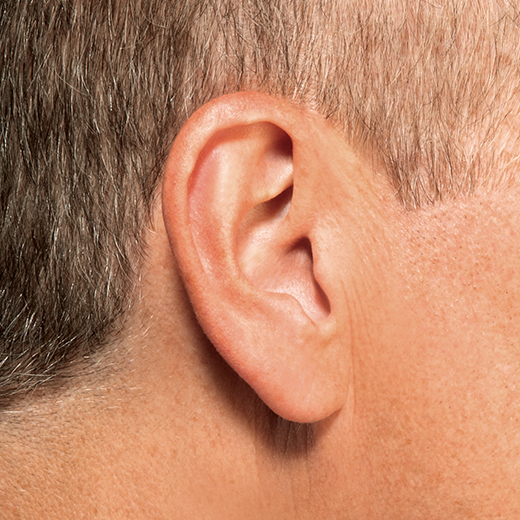The Day of the Fitting

Congratulations! You’re not just getting hearing aids, you are treating yourself to better relationships and stronger social connections. Before you go to your fitting appointment, look back over your notes and remind yourself of what you are hoping to accomplish. You might also consider taking someone to the appointment with you. There is a lot to learn and talk about, and it really helps to have someone to help you remember everything.
Every audiologist has a different approach, so the steps listed below might not be in order of your actual experience, but chances are pretty good that your audiologist will eventually check off the boxes.
-
- He or she will show you the hearing aids, equipment, and accessories. Don’t be bashful — pick it all up and look at it! After all, it’s yours. Where is the microphone? The speaker? Your audiologist will show you how to clean and take care of the devices, change the batteries, etc.
-
- The audiologist will put the hearing aids on your ears and make any necessary adjustments so they fit you perfectly.
-
- He or she will program the hearing aids and, while they are in your ears, run a few tests to make sure the hearing aid output meets specifications and targets. This is an important step, so be sure to sit still and be patient.
- You will practice cleaning the aids, changing the batteries, and inserting and removing the devices. This step if critical and will help your audiologist understand how to modify the hearing aids so you have the most success.
During this fitting appointment, remarkably little time is spent talking about your hearing. You will be scheduled to return to the office in a week or two for fine-tuning and any necessary adjustments. Think of your first two weeks as “settling in” time. If the audiologist doesn’t schedule the appointment or mention a follow-up, you should do so. It really is that important.
P.S.: For the first couple of weeks, take notes or journal your experiences, and take that information to your next appointment. This exercise will help both you and your audiologist clarify your remaining needs, and it will help immensely with fine-tuning and understanding expectations.

